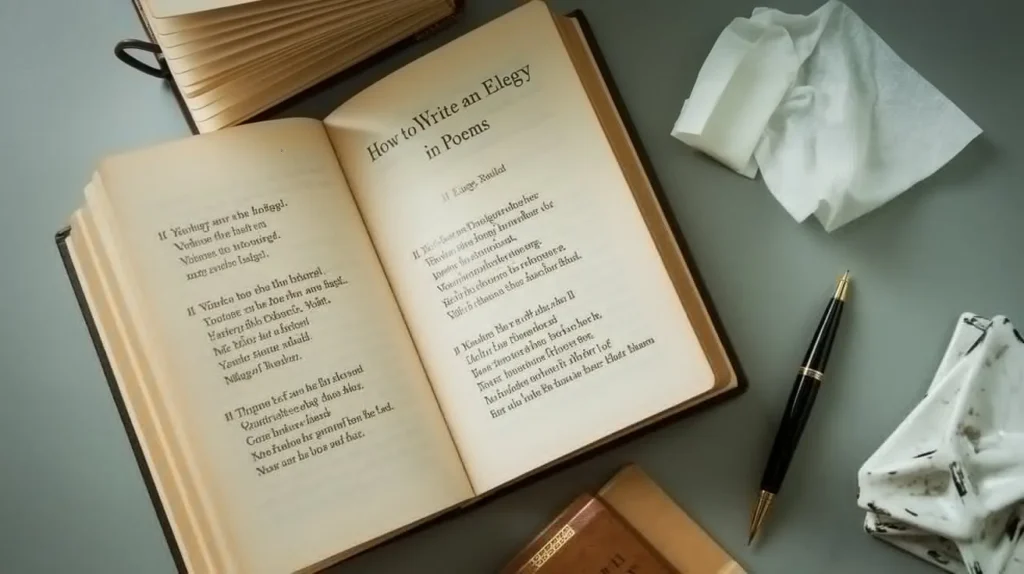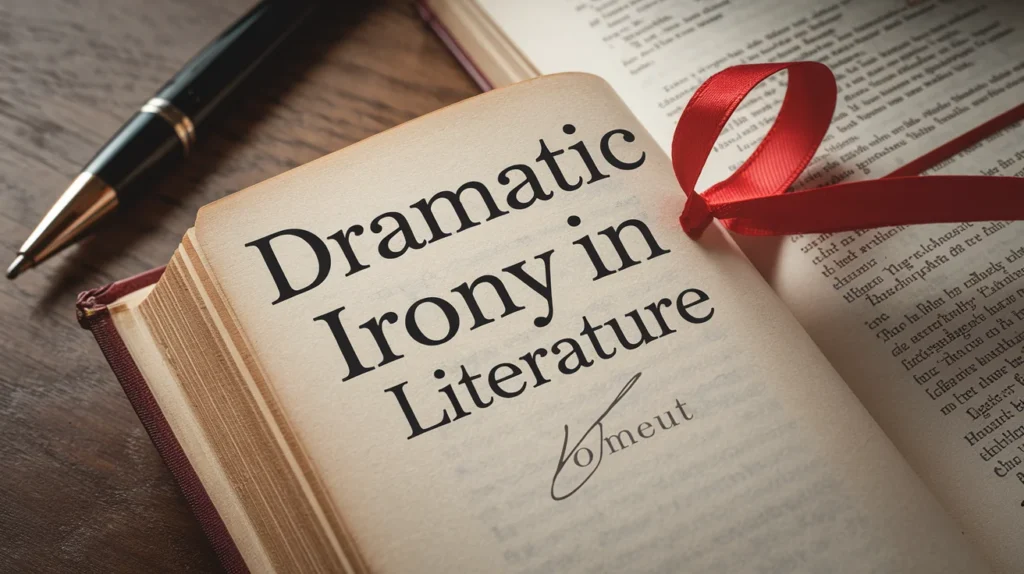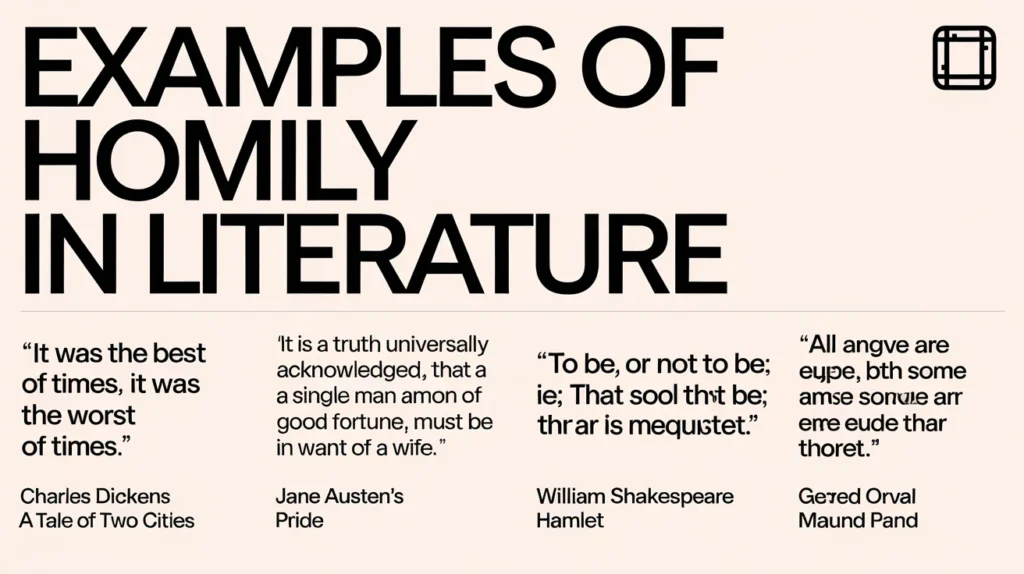Writing an elegy is a deeply personal and artistic way to honor someone who has passed away. Elegies have been an essential part of poetry for centuries, offering a structured way to express grief, admiration, and acceptance. Whether you’re looking to write a classic elegy or a modern version, understanding its form, themes, and structure is key.
This guide will take you through what an elegy is, how to write one, and examples of famous elegies in literature. You’ll also learn about common themes, poetic devices, and real-world case studies that show the lasting impact of elegiac poetry.
If you’re struggling with how to convey loss and emotion through poetry, this comprehensive guide will help. By the end of this article, you’ll have the knowledge and confidence to write a meaningful elegy that resonates with readers.
Let’s begin our exploration of this timeless poetic form.
What is an Elegy?
An elegy is a poem that expresses sorrow, mourning, or reflection on the death of a person or the loss of something significant. Unlike other poetic forms, elegies don’t follow a strict structure but typically move through three stages: lament, praise, and consolation.
Key Characteristics of an Elegy
- Focus on Loss – Elegies mourn a person, group, or even an abstract idea.
- Reflection and Emotion – They express deep feelings of sorrow and contemplation.
- Gradual Acceptance – Elegies often conclude with hope or acceptance.
- Use of Poetic Devices – Metaphor, imagery, and symbolism enhance the poem’s impact.
Difference Between Elegy, Eulogy, and Dirge
| Feature | Elegy | Eulogy | Dirge |
| Definition | A poem mourning the dead | A speech or tribute to someone deceased | A short song expressing sorrow |
| Format | Poetic | Speech | Lyric/song |
| Tone | Somber, reflective | Praising, honoring | Sad, lamenting |
Example: While a eulogy is spoken at a funeral, an elegy is written as a poetic tribute.
Historical Background and Evolution
Elegies date back to ancient Greece and Rome, where poets like Homer and Ovid wrote mournful verses. Over time, elegies evolved, influencing poets like John Milton, Thomas Gray, and Walt Whitman. Today, modern poets continue the tradition in various poetic and musical forms.
Common Themes in Elegies
Elegies share universal themes that make them timeless and relatable.
1. Mourning and Grief
- Elegies openly express pain and sorrow over loss.
- Example: “Lycidas” by John Milton mourns a lost friend.
2. Reflection on Mortality
- They explore life, death, and human existence.
- Example: “Elegy Written in a Country Churchyard” by Thomas Gray reflects on the lives of the forgotten.
3. Tribute and Praise
- Many elegies highlight the virtues and accomplishments of the deceased.
- Example: “Adonais” by Percy Bysshe Shelley, written for John Keats.
4. Consolation and Hope
- Elegies often end on a note of acceptance and transcendence.
- Example: “When Lilacs Last in the Dooryard Bloom’d” by Walt Whitman offers hope after Abraham Lincoln’s death.
How to Write an Elegy
Step 1: Choose Your Subject
- Is it for a loved one, a historical figure, or a broader loss?
- Example: Whitman’s elegy for Lincoln vs. Gray’s elegy for the forgotten.
Step 2: Decide on Tone and Style
- Classic Elegy: Structured, formal, and rhymed
- Modern Elegy: Free verse, personal, and flexible
Step 3: Use Traditional Elegiac Elements
- Lamentation – Express deep sorrow.
- Praise – Highlight their life and achievements.
- Consolation – Offer acceptance and peace.
Step 4: Incorporate Poetic Devices
| Device | Purpose | Example |
| Metaphor | Creates imagery | “He was a bright star, now extinguished.” |
| Symbolism | Adds depth | Lilacs in Whitman’s poem symbolize mourning. |
| Repetition | Emphasizes emotion | “Gone, gone, forever gone…” |
Step 5: Revise and Refine
- Read aloud to check flow and emotion.
- Edit for clarity, impact, and depth.
Examples of Elegy in Poetry: A Deep Dive into Famous Elegies
An elegy is more than just a sad poem—it’s a structured, emotional journey through grief, remembrance, and sometimes, acceptance. Below, we analyze six famous elegies from different eras, breaking down their themes, techniques, and why they still resonate today.
1. “Elegy Written in a Country Churchyard” (1751) – Thomas Gray
Subject: Unknown villagers buried in a rural churchyard.
Why It’s Powerful: Gray elevates ordinary lives, making readers reflect on lost potential.
Key Features
✔ Imagery: Uses dusk (“The curfew tolls the knell of parting day”) to symbolize death.
✔ Contrast: Compares humble graves with grand tombs (“Some mute inglorious Milton here may rest”).
✔ Theme: All lives have value, even if history forgets them.
“Full many a flower is born to blush unseen, / And waste its sweetness on the desert air.”
2. “When Lilacs Last in the Dooryard Bloom’d” (1865) – Walt Whitman
Subject: Abraham Lincoln’s assassination.
Why It’s Powerful: Whitman turns personal grief into a national lament.
Key Features
✔ Symbols:
- Lilacs = death
- Fallen star = Lincoln
- Hermit thrush = the poet’s sorrow
✔ Free Verse: No rhyme or meter, mirroring chaotic grief.
✔ Structure: Cycles between mourning and acceptance.
“O powerful western fallen star! / O shades of night—O moody, tearful night!”
3. “Lycidas” (1637) – John Milton
Subject: A drowned friend, Edward King.
Why It’s Powerful: Blends Christian faith and classical mythology.
Key Features
✔ Pastoral Imagery: Uses shepherds and nature to represent loss.
✔ Anger & Doubt: Questions God’s justice (“Where were ye, Nymphs?”).
✔ Resolution: Ends with hope in the afterlife (“Weep no more, woeful shepherds”).
“Fame is the spur… / But the fair guerdon when we hope to find.”
4. “Adonais” (1821) – Percy Bysshe Shelley
Subject: Poet John Keats’s early death.
Why It’s Powerful: Turns Keats into a mythic figure.
Key Features
✔ Classical Allusions: Compares Keats to Adonis (a Greek god who died young).
✔ Angry Tone: Attacks critics who Shelley believes hastened Keats’s death.
✔ Transcendence: Suggests Keats’s spirit lives on in nature.
“He is made one with Nature… / He is a presence to be felt and known.”
5. “When We Two Parted” (1816) – Lord Byron
Subject: A secret, broken love affair.
Why It’s Powerful: Raw, personal bitterness with no resolution.
Key Features
✔ Repetition: “Silence and tears” echoes like regret.
✔ Cold Imagery: “Pale grew thy cheek and cold” suggests emotional death.
✔ No Consolation: Unlike other elegies, this one ends in despair.
“If I should meet thee / After long years, / How should I greet thee?—With silence and tears.”
6. “Funeral Blues” (1936) – W.H. Auden
Subject: Loss of a loved one (popularized by Four Weddings and a Funeral).
Why It’s Powerful: Modern, direct, and devastating.
Key Features
✔ Hyperbole: “Pack up the moon… dismantle the sun” shows overwhelming grief.
✔ Rhyme Scheme: AABB makes it feel like a desperate chant.
✔ Universal Pain: Though personal, it speaks to anyone who’s lost love.
“He was my North, my South, my East and West, / My working week and my Sunday rest.”
Comparison Table: How These Elegies Differ
| Poem | Form | Tone | Key Technique |
| Gray’s Elegy | Rhymed quatrains | Reflective | Contrast (rich vs. poor) |
| Whitman’s Lilacs | Free verse | Lyrical, raw | Nature symbolism |
| Milton’s Lycidas | Pastoral elegy | Angry → Hopeful | Mythological allusions |
| Shelley’s Adonais | Spenserian stanzas | Mythic, angry | Classical references |
| Byron’s When We Two Parted | Short lyric | Bitter, cold | Repetition for effect |
| Auden’s Funeral Blues | Rhyming couplets | Devastating | Hyperbole |
Why These Elegies Still Matter
- They Show Grief’s Many Faces – From Whitman’s sprawling sorrow to Byron’s icy silence.
- They Use Poetry as Healing – Structuring pain into art helps process it.
- They Make Us Feel Less Alone – These poems remind us others have felt this depth of loss.
Final Thought: The best elegies don’t just mourn—they preserve, question, and sometimes, find a flicker of light in the dark.
Why Elegies Remain Timeless
- They capture universal emotions of loss and remembrance.
- Many have shaped literature and culture, influencing song lyrics, films, and books.
- Case Study: Tupac Shakur’s “Life Goes On” serves as a modern elegy in rap music.
Conclusion
Writing an elegy is a powerful way to honor someone and reflect on life and loss. Whether you follow a traditional form or craft a modern free-verse elegy, the key is to express genuine emotion. Now that you understand how to write an elegy, you can create poetry that resonates with others and preserves memories forever.
FAQs
1. What is the main purpose of an elegy?
An elegy mourns and honors the deceased while reflecting on loss and acceptance.
2. Can an elegy be written for something other than a person?
Yes! Elegies can mourn lost places, eras, or even abstract ideas.
3. Do elegies always have to be sad?
Not necessarily. Some elegies celebrate life and offer hope.
4. What is the difference between an elegy and a eulogy?
A eulogy is a speech praising the deceased, while an elegy is a poetic expression of grief.
5. How long should an elegy be?
There’s no set length, but elegies typically range from a few stanzas to several pages.


